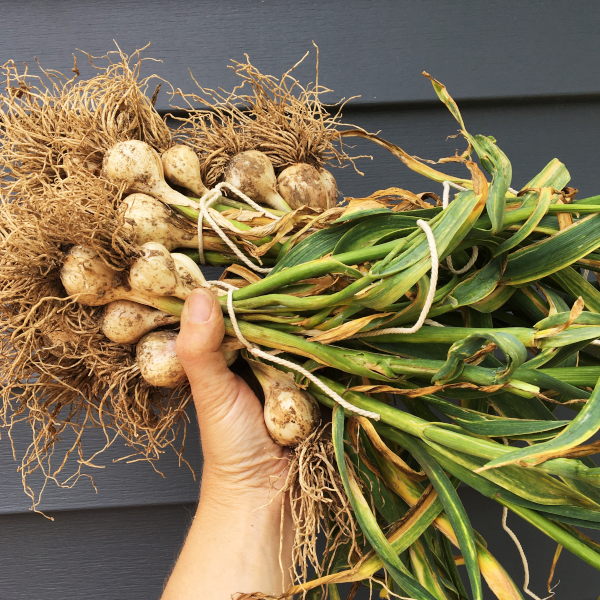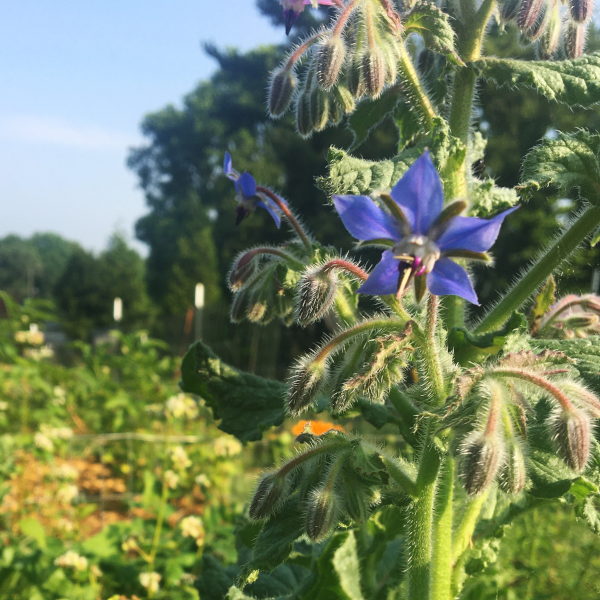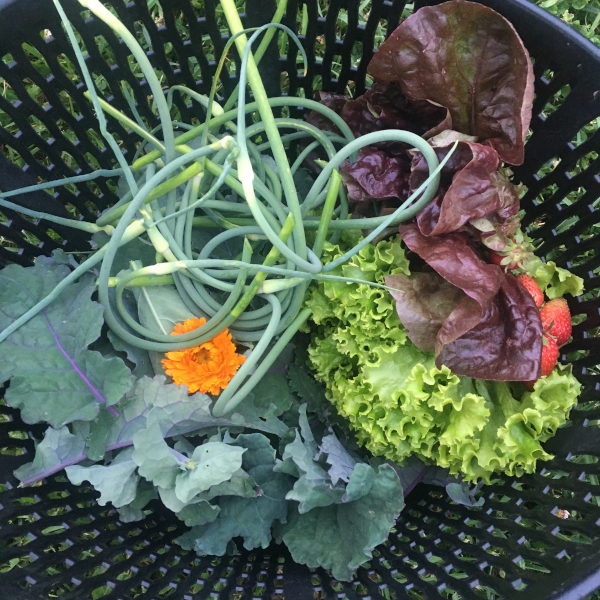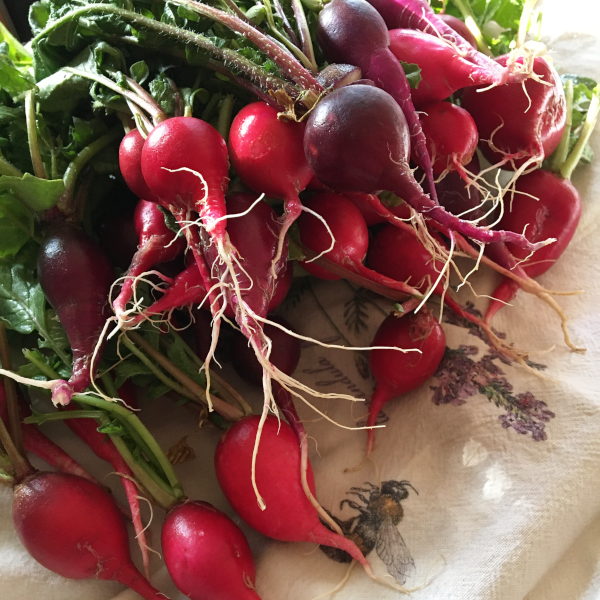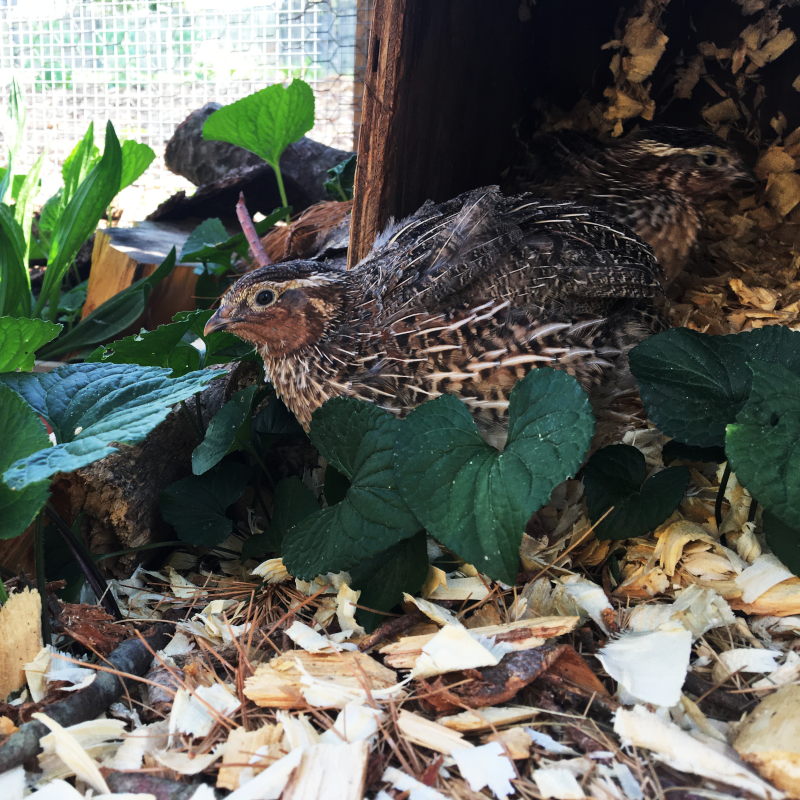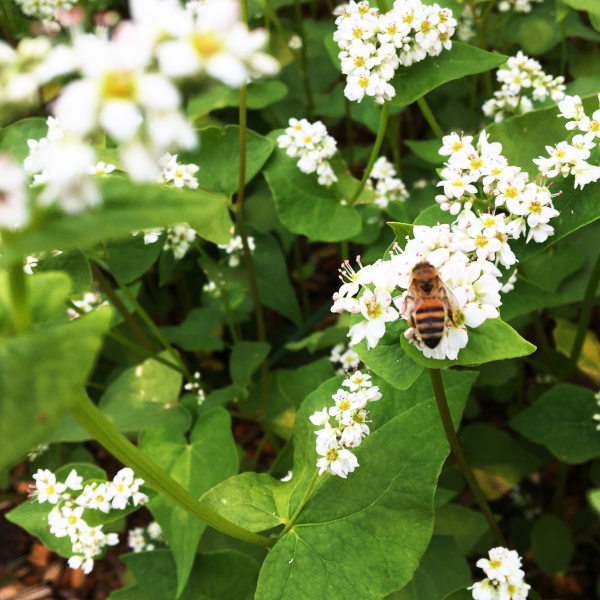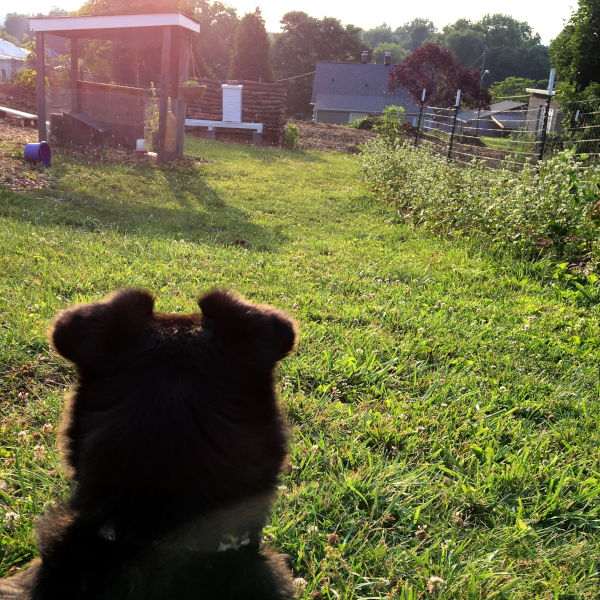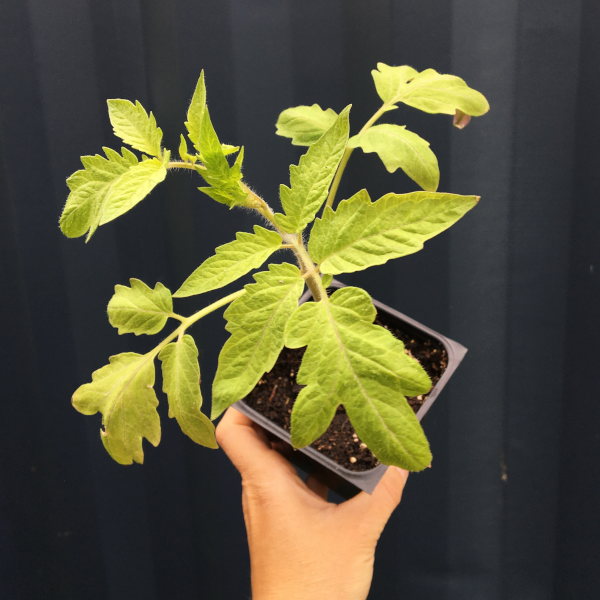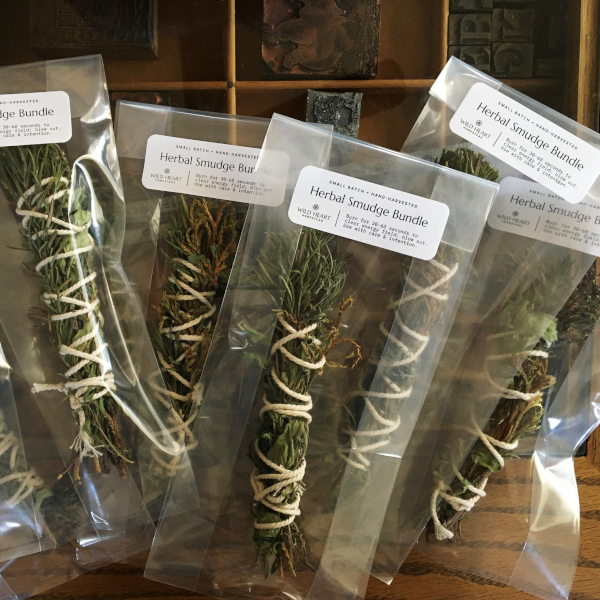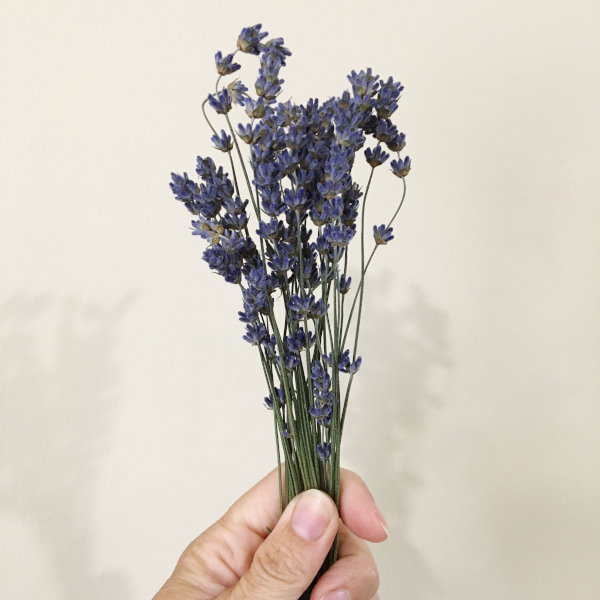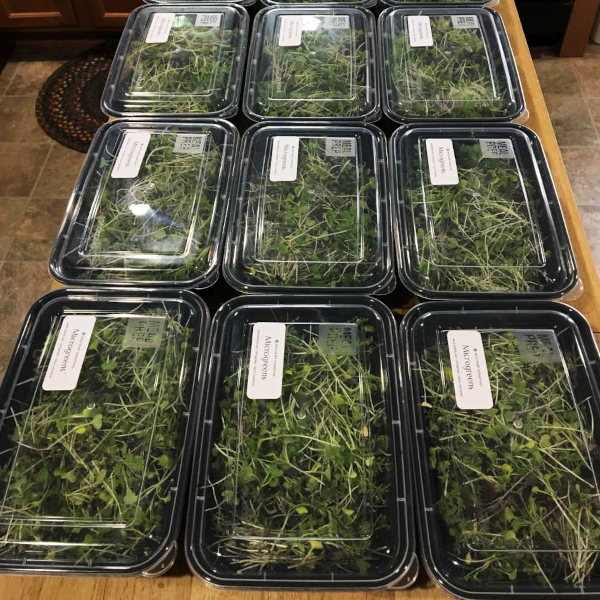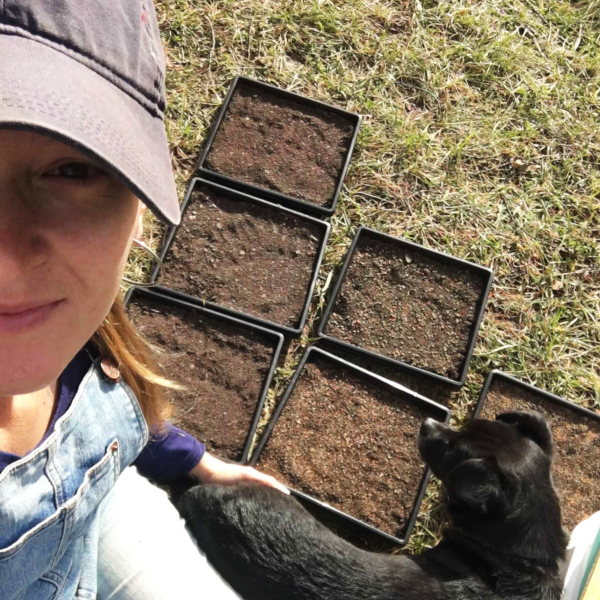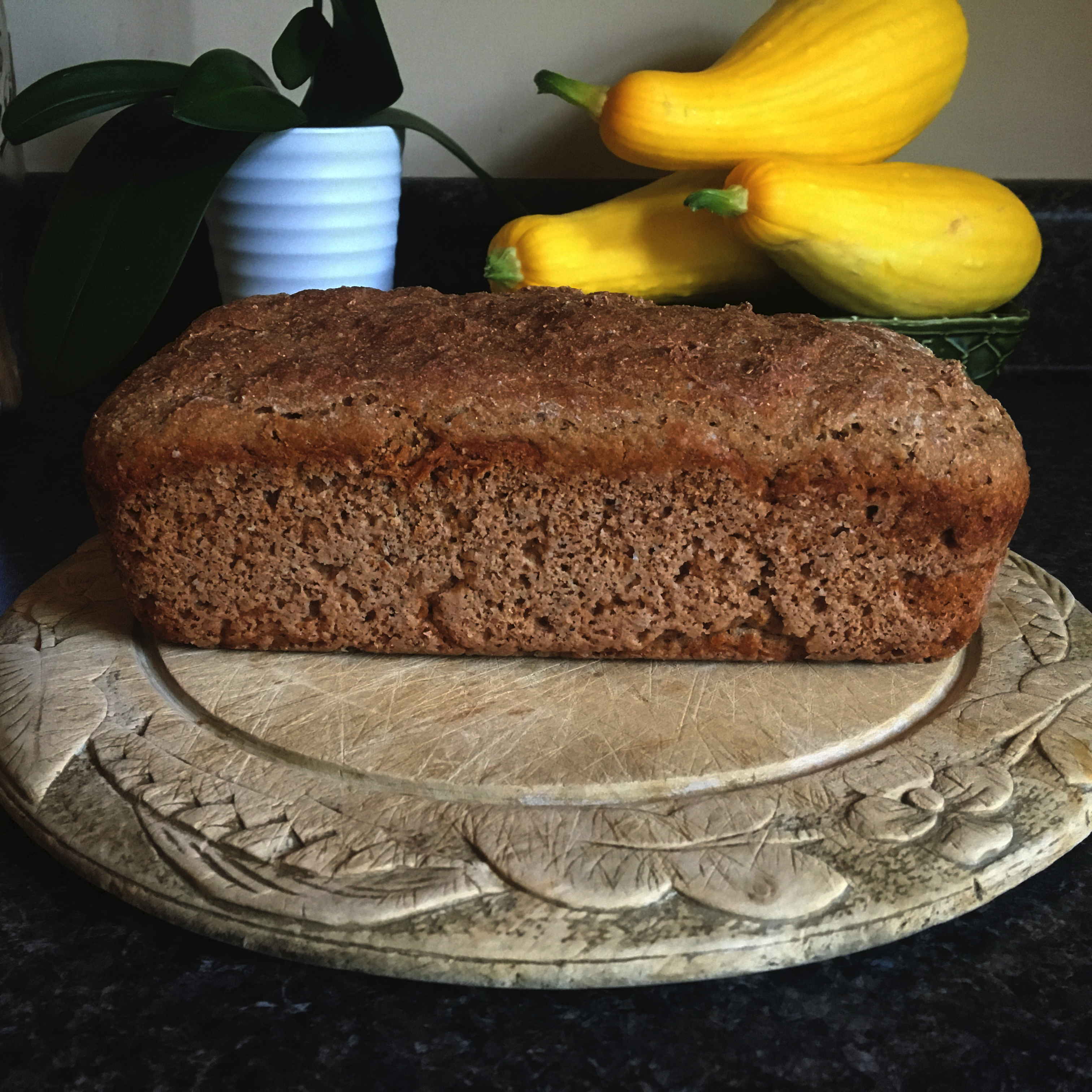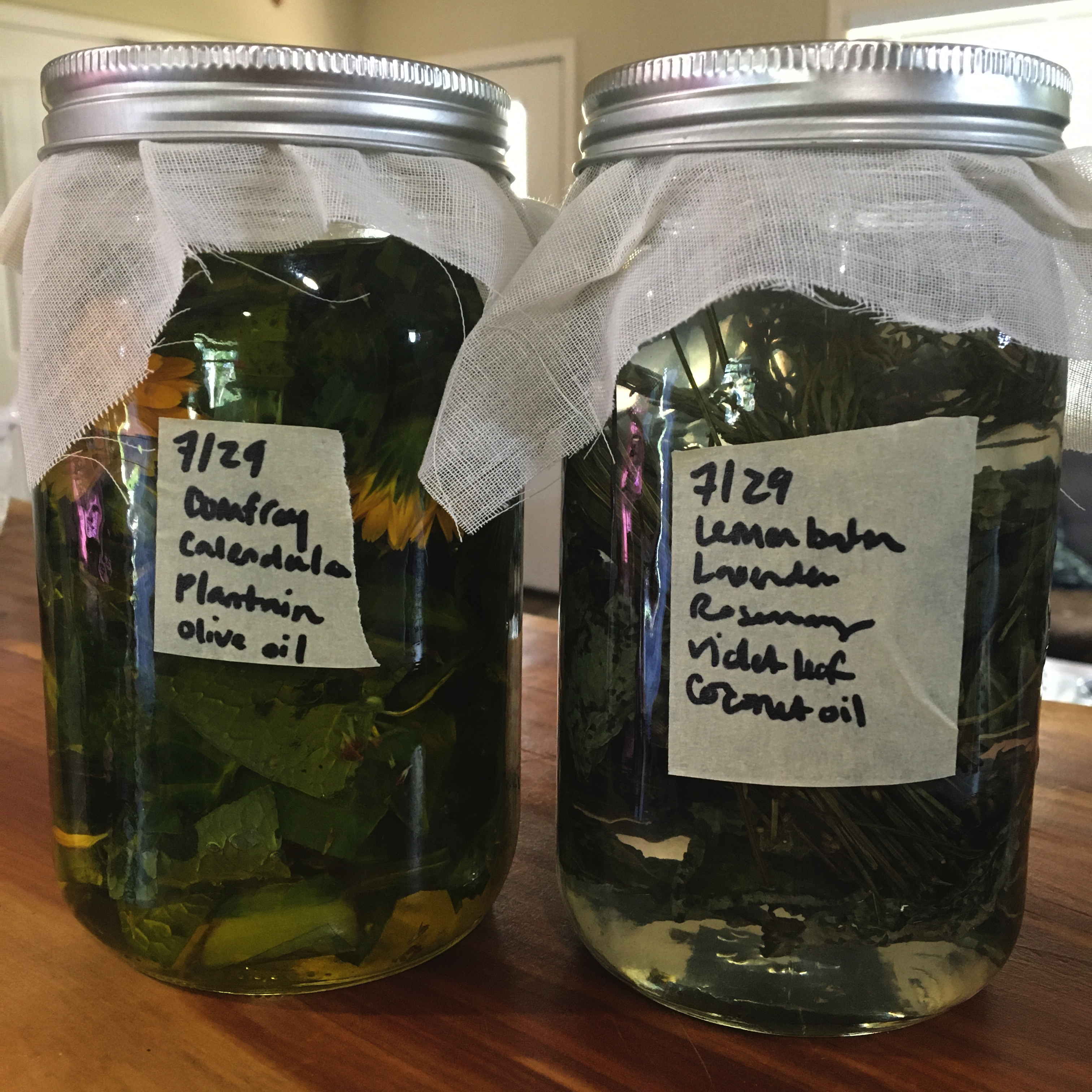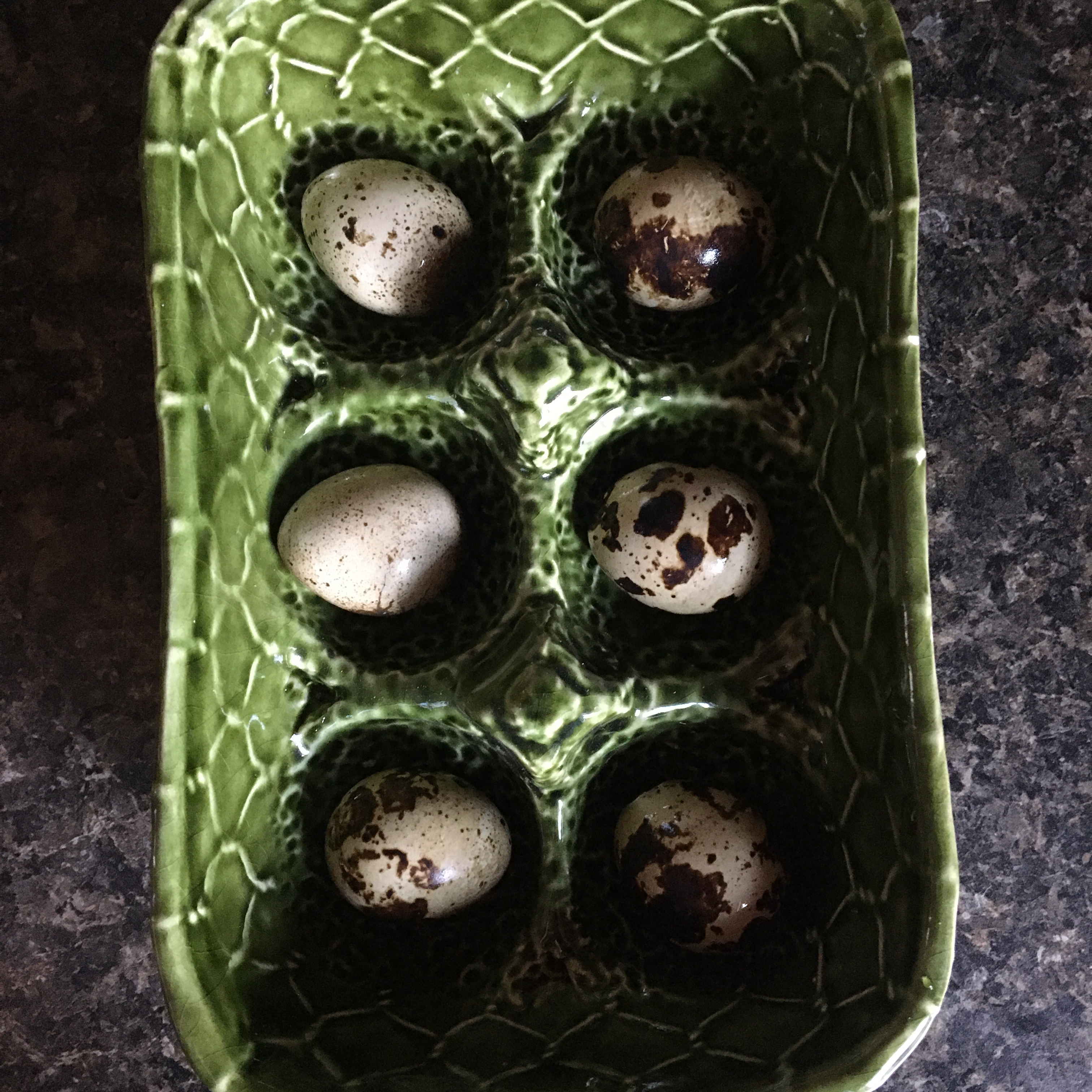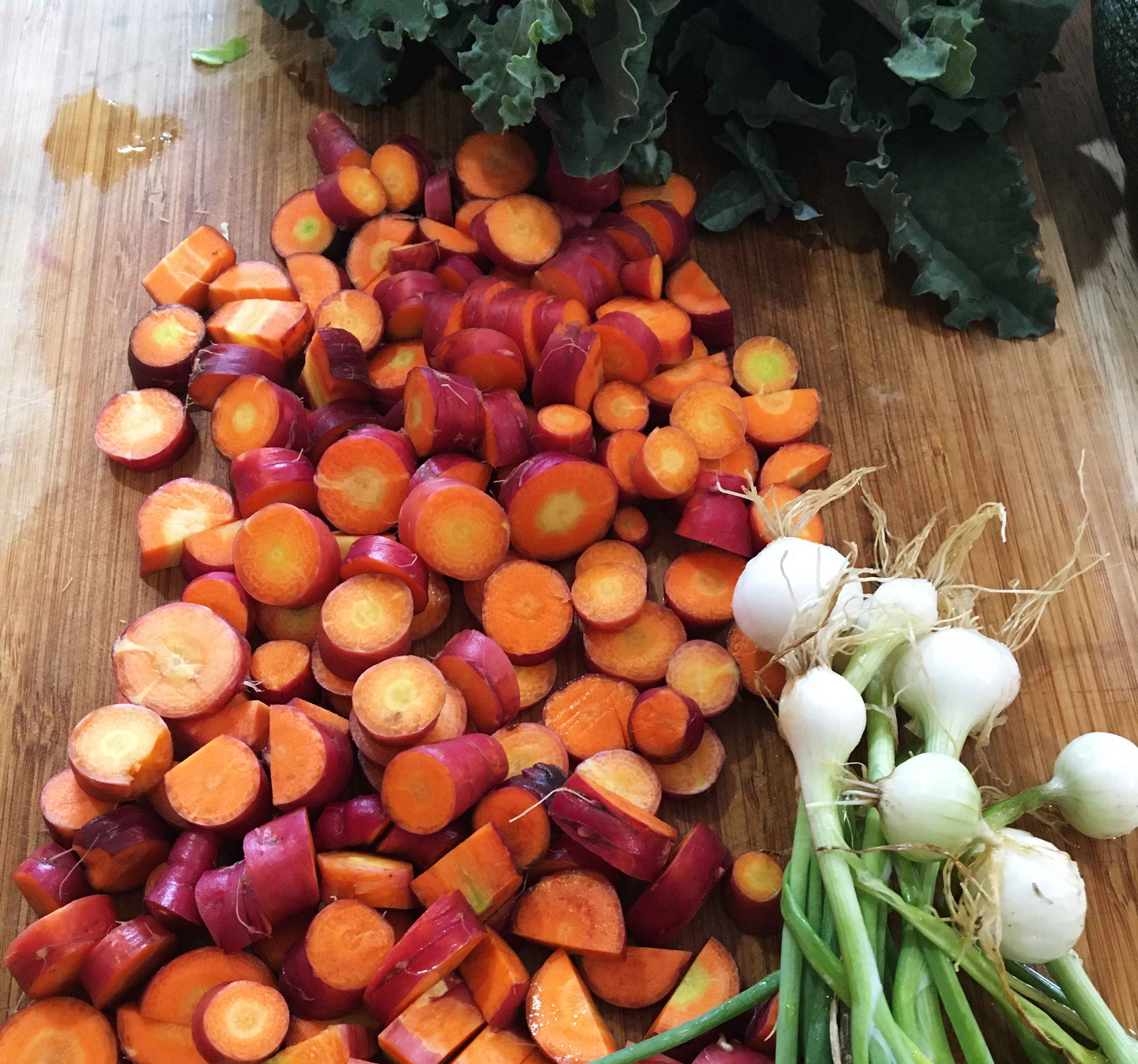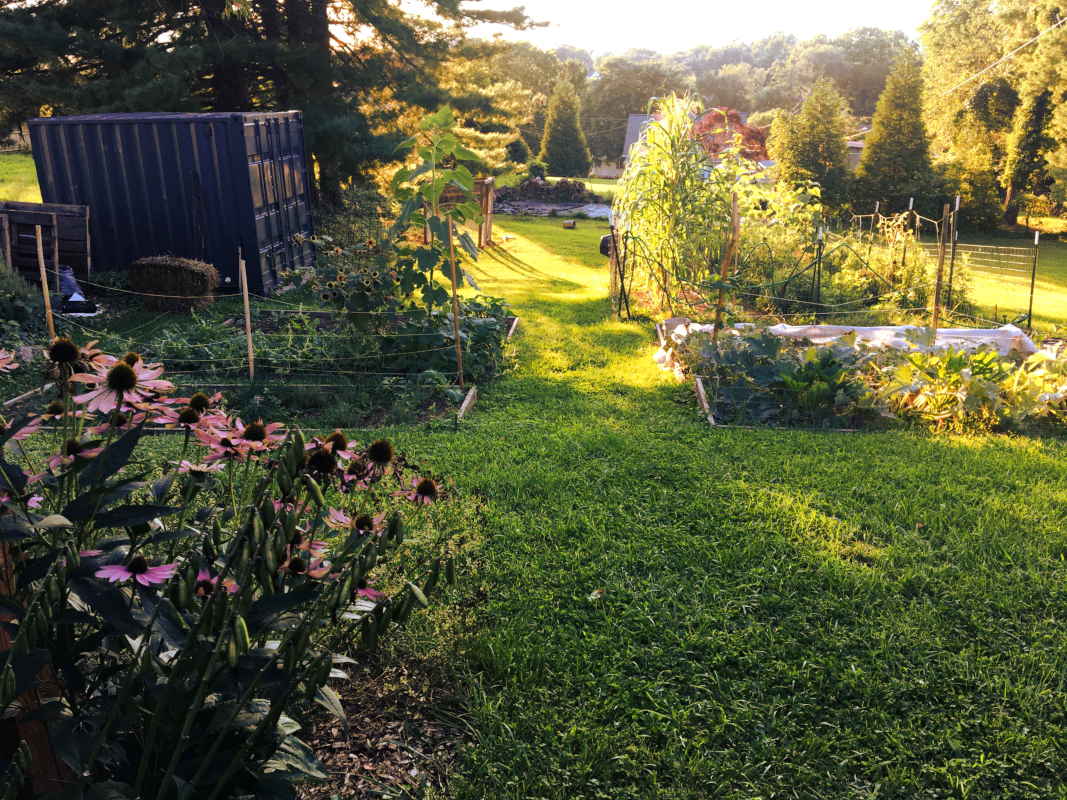
The Gardens
We grow a dense yet diverse number of vegetables, herbs, fruits, and flowers in an organic no-till system that we began building in 2020 to replace the pre-existing lawn. We utilize drip irrigation, rain water catchment, and natural fertilizer sources to promote the long-term integrity of the soil and natural resources. Our lot is 0.25 acres tucked into an area directly between the city center and nearly 200 acres of conservation land.
In 2021 we spent the year farming at a beginning farmer incubator where we learned a great deal about intensive production. View the report.
In the garden
- No-till beds
- Vermicomposting
- Microbial composting
- Seed nursery
- Upcycled coldframes
- Rainwater catchment
- Wildlife & pollinator habitat
What we're growing
- Small-batch microgreens
- Perennial fruits
- 20-30 different vegetable crops
- Culinary and medicinal herbs
- Native wildflowers and cut flowers
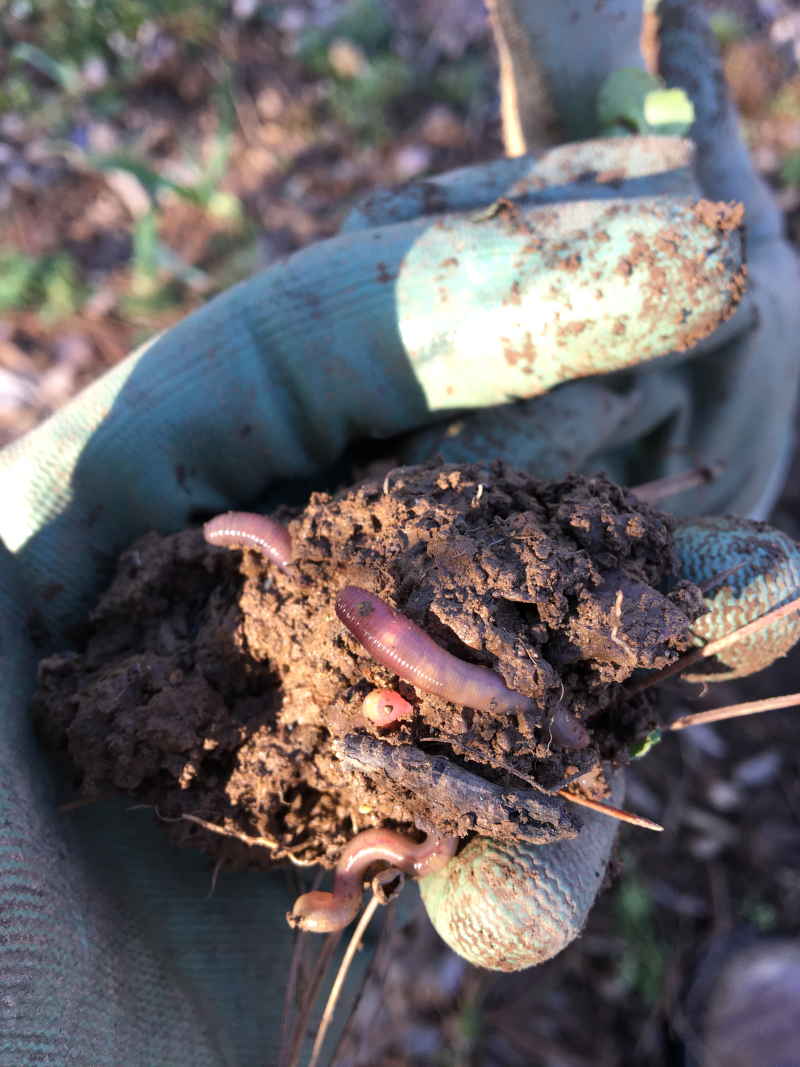
Soil Health
One of the hopes for our urban homestead is that it can illustrate how possible it is to be self-sufficient on very little land. One of the ways that we achieve this is by prioritizing biologically-rich, naturally regenerating soil. We do this through both our practices but also by how we amend the soil and feed the plants.
What we make on-site
Other things we use
- Organic Fish & Seaweed fertilizer
- Myccorhizal inoculant
- Small batch, biologically-rich compost
- Cover crops
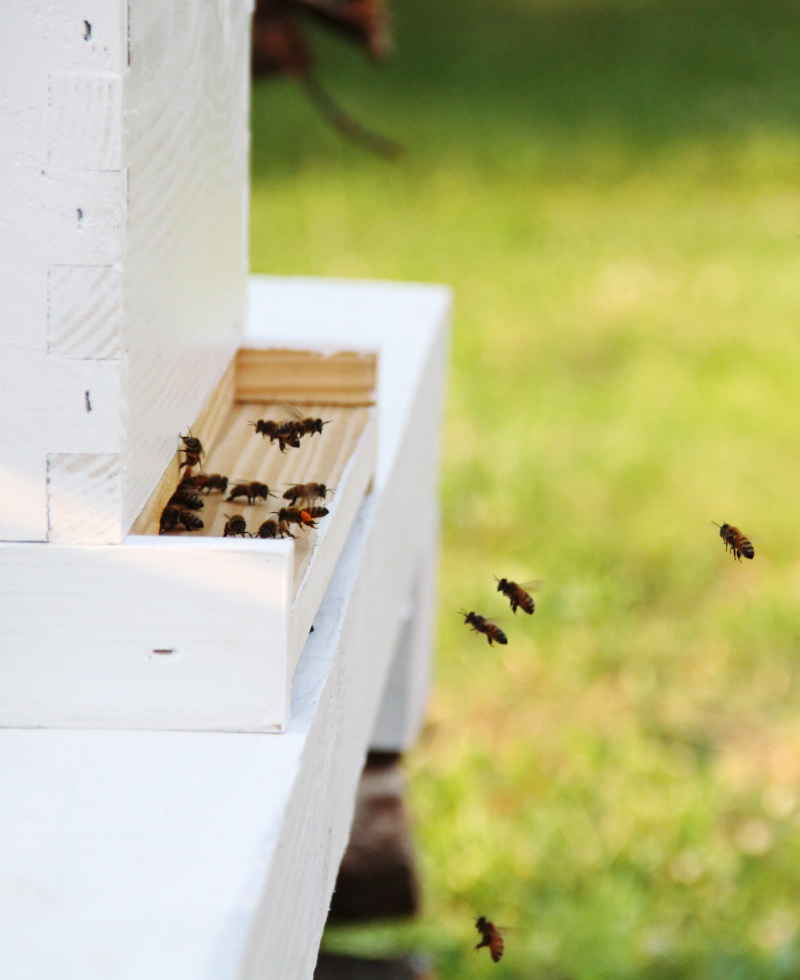
The Apiary
We have a small hive yard where we keep our honey bees using traditional langstroth hives. In Spring of 2023, after a few years of classes, endless reading and studying, we purchased our first nuc. They are the perfect addition to the homestead, bringing both beauty and endless intrigue. This season our primary focus is on supporting overall colony health and vitality as they prepare for winter.
Fave Bee Forage
- Goldenrod
- Buckwheat (cover crop)
- Wild Quinine
- Yarrow
- Butterfly Milkweed
- Elder
- Chickasaw Plum
- Echinacea
- Monarda
- Blueberry
- Witch Hazel
Beekeeping

The Covey
We have a free-to-forage 'quaviary' where our covey enjoy life in a more natural habitat than what is customary when raising coturnix. They contribute manure, eggs, and enjoyment to the homestead. They are an excellent urban poultry option as they are small, quiet, and less messy than chickens when managed intentionally. Our Jumbo Brown Quail are of the James Marie Farm bloodline that we hatched ourselves. We intentionally chose this bloodline because of their gentle disposition and resilient genetics.

In the Kitchen
The best part of homesteading is what we're able to make out of all the effort that goes into growing high quality ingredients. Homesteading is the perfect companion to homemaking (which, call me old-fashioned, I'm quite fond of) because you're able to use the freshest, raw ingredients straight out of your own rich soil to make the most beautifully nourishing foods. When you invoke your own creative talents to make the things you want or need the appeal of mass commerce fails to make any sense at all.
Scratch made
- Ferments
- Sourdough
- Raw milk yogurt, cheese, and ghee
- Herbal-infused honey
- Fruit vinegar
- Canned pickles, jams
- Seed packets, dried teas, other goods
Made to save
- Freshly harvested vegetable soups, frozen
- Freshly harvested basil pesto, frozen
- Sundried tomatoes
- Dehydrated mushrooms
- Pasture-raised bone broth, frozen
- Roasted peanuts
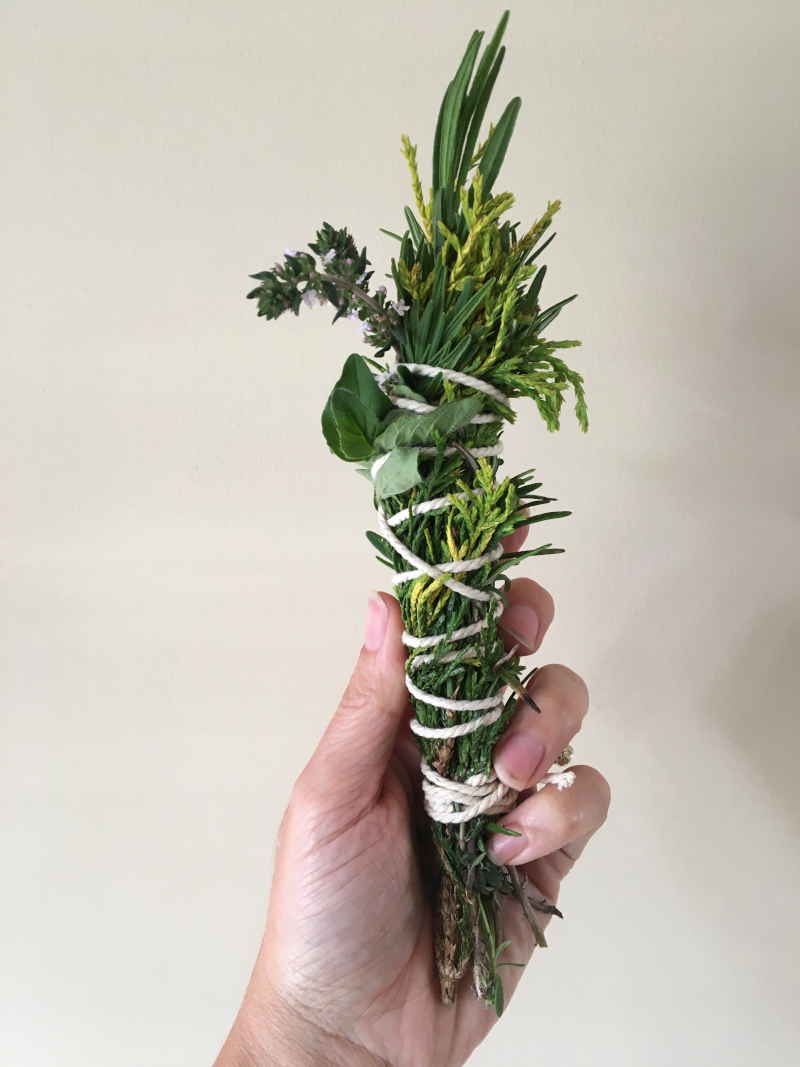
In the Home
The garden is rich in beautifully healing and comforting materials that we transform into things for ourselves and our home. The process of planting, cultivating, harvesting, and processing is just as valuable to our well-being as the end product. There's more than enough abundance available for us while leaving the majority in the garden for the insects and wildlife that need it as much as we do. Some of our favorite medicinal plants are lavender, comfrey, nettle, calendula, elderberry, lemon balm, rosemary, oregano, sage, echinacea, plantain, and violet.
Nourishing goods
- Skin salves
- Dried lavender bundles
- Herbal smudge sticks
- Herbal culinary salts
- Herbal bath salts
- Dried tea blends
- Herbal tinctures & syrups
- Herb-infused oils
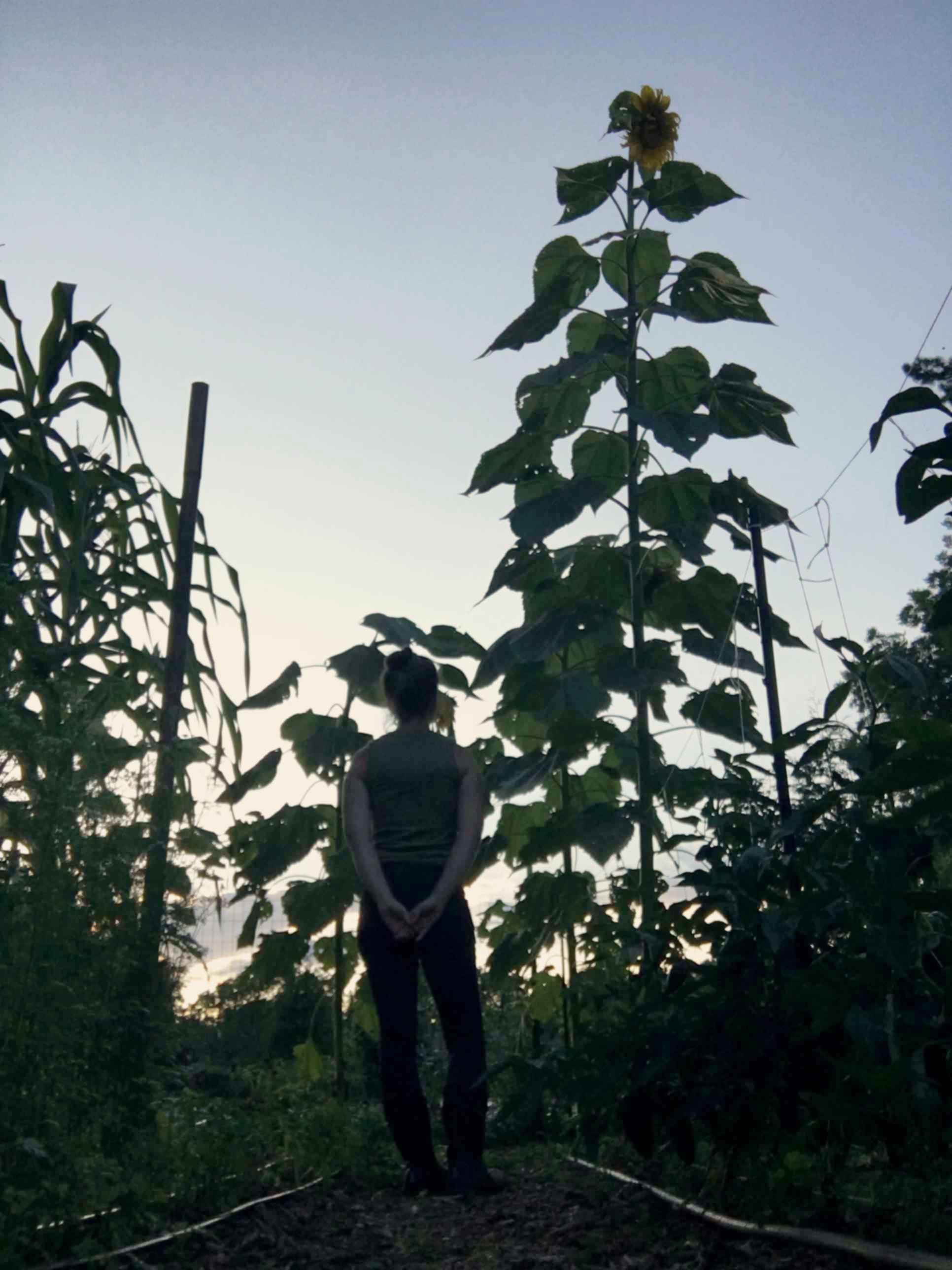
About
Like most people with a chronic collection of dirt under their nails I have an affinity for the natural world - plants and animals, both wild and domesticated and spend a great deal of time invested in both. Together with my husband we maintain and grow all that you see here; in addition to working in design and software development.
I like to consider what we do here a hybrid of farming and gardening; I am attracted to the precision, craft, and meticulous considerations of farming and the wildly artistic nature of gardening. Through this practice we're able to feed ourselves and share the excess of our harvests with our community. I believe that small local growers collaborating together with their community is the best opportunity for a bright and resilient future.
You can follow me at @tickfoot@merveilles.town
